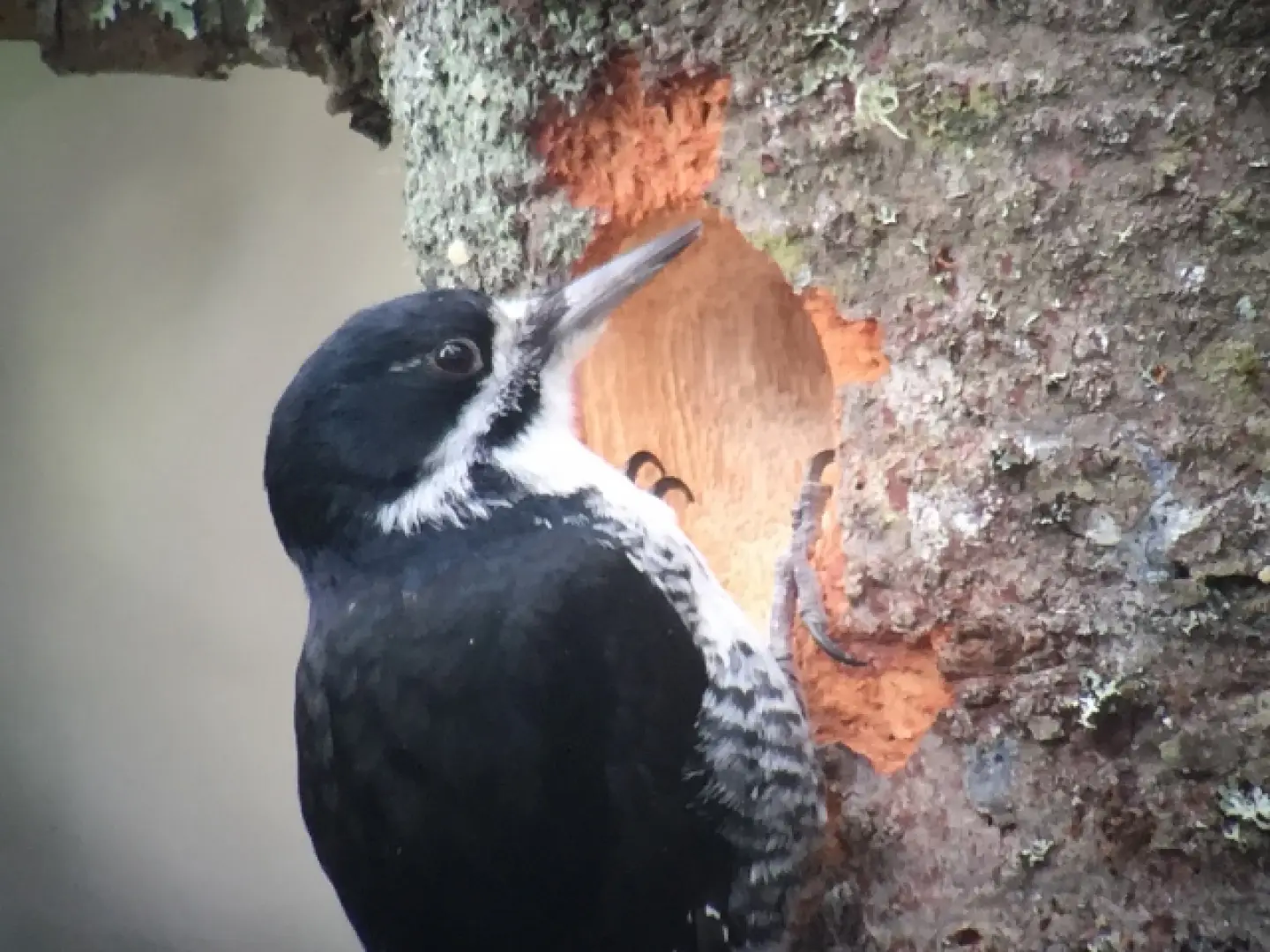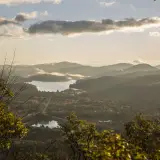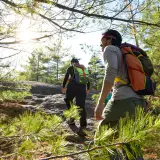The Newcomb – Minerva region contains some of the most extensive boreal habitat in the Adirondacks. As a result, this area offers terrific, easy, roadside birding opportunities. There are plenty of hiking trails too!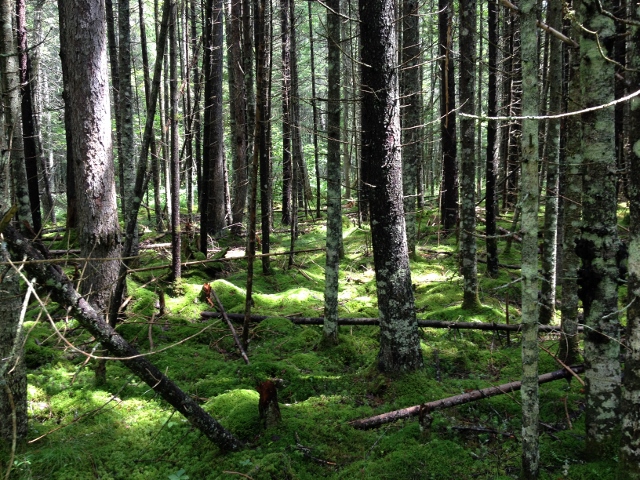
Birders are already flocking to the Newcomb – Minerva region this summer to view Red Crossbills, which are “irrupting” due to an excellent cone crop on all of the coniferous trees. White-winged Crossbills have also been arriving in July. The crossbills are singing and will be nesting this summer, and again in the winter. Red and White-winged Crossbills are nomadic and move from place to place wherever they can find seeds. The crossbills’ diet of cone seeds allows them to nest at any time of year whenever there is a good supply of seeds. In the Adirondacks, they typically nest in winter. Nestlings are fed cone seeds. While many of our breeding species are quieting down by summer, the crossbills are just beginning to sing!
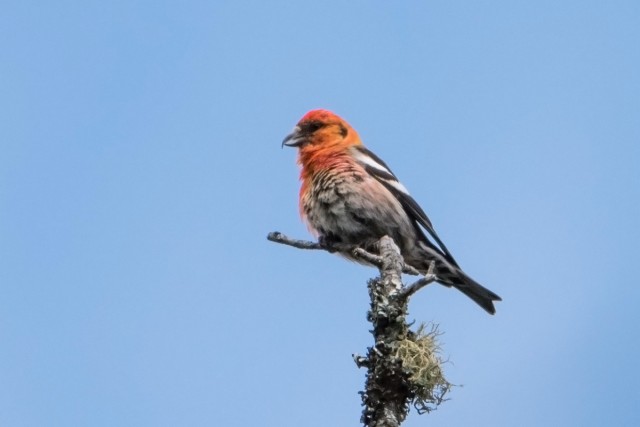
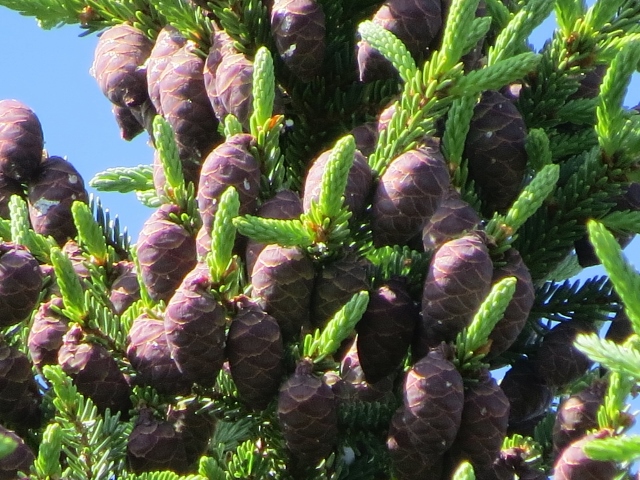
Santanoni Drive
Santanoni Drive in Newcomb is a short, dead-end road that leads down to the Hudson River. Listen for Black-backed Woodpeckers, Boreal Chickadees, and both Red and White-winged Crossbills.
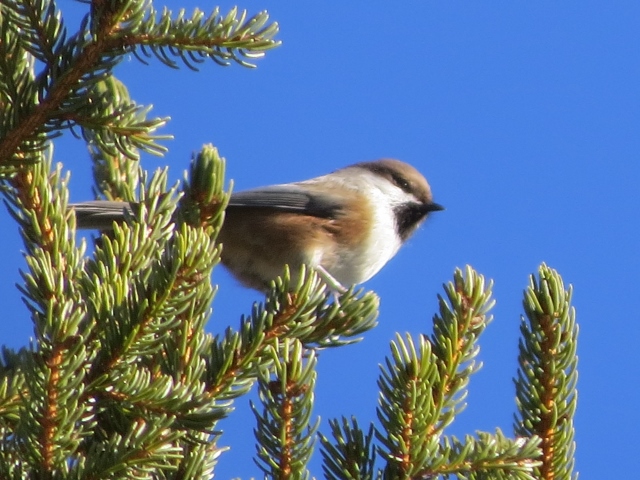
Tahawus Road
Tahawus Road in Newcomb offers miles of birding along the Hudson River. It is one of the few areas left where the increasingly rare Rusty Blackbird can be found. Black-backed Woodpeckers, Boreal Chickadees, and both Red and White-winged Crossbills inhabit this area. Habitats include boreal forest, marsh, and mixed forest.
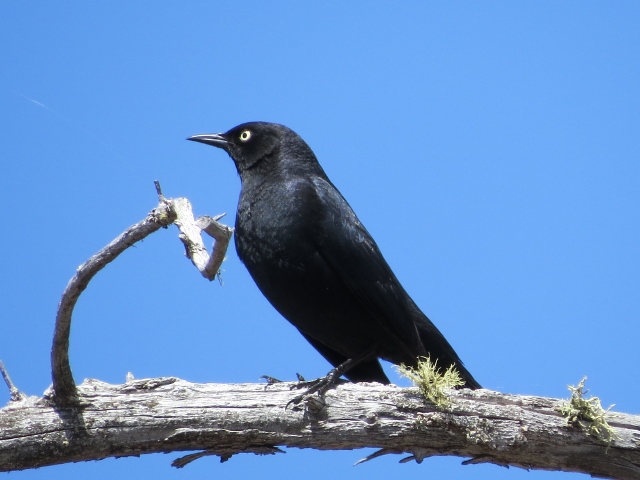
Birders often find the history of the Tahawus area interesting. The old McIntyre Iron Mine blast furnace now has interpretive signs explaining the fascinating history of 19th century iron smelting. If you go birding along Tahawus Road, allow time to visit the blast furnace and read about its history.
Blue Ridge Road
The Blue Ridge Road traverses great boreal habitat. Much of the western end is narrow with no wide shoulders for parking (except where there are trailhead parking areas such as at Cheney Pond or the Roosevelt Truck Trail’s north entrance), but the eastern end is wide enough to pull over for roadside birding. Listen for Black-backed Woodpeckers, Boreal Chickadees, and this year, both Red and White-winged Crossbills. The newly acquired Boreas Ponds Tract, accessed from Blue Ridge Road, has not received a formal state land designation yet, but there will be plenty of new birding opportunities regardless of the designation.
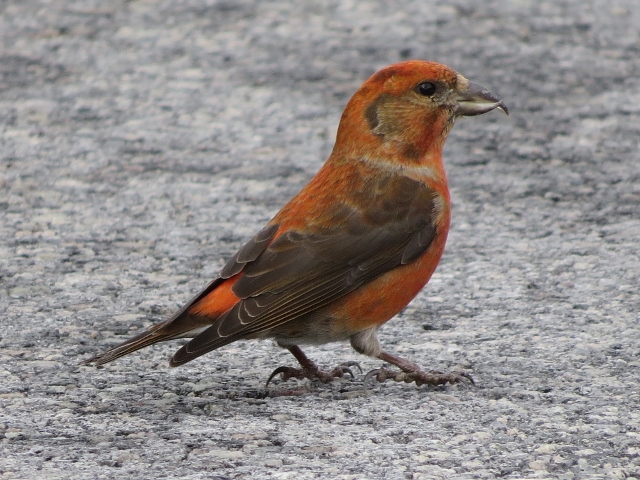
Route 28N
Route 28N between Newcomb and Minerva is a terrific birding area. Each year, I find Black-backed Woodpecker nests right along the road. Boreal Chickadees are most abundant in this region. Great locations: The area near the intersection with the Blue Ridge Road, the marsh three-quarters of a mile east of this location, the barn area just over the line into the town of Minerva (where the new snowmobile trail crosses the road), the railroad bed south (Olive-sided Flycatchers nest here), and the Boreas River all make wonderful birding stops along Route 28N. Red Crossbills have already been found at the marsh and the Boreas River. Evening Grosbeaks can be found in this area year-round. A pair of tame Gray Jays nested by the barn area this year and look for food when they spot people!
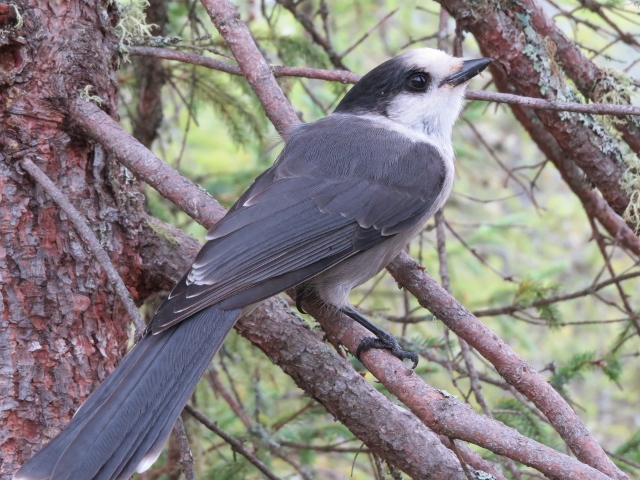
Moose Pond Club Road
Moose Pond Club Road is located at the Boreas River Bridge on Route 28N. It is a rough dirt road that traverses boreal habitat. (The road leads to the Vanderwhacker Mountain Trail – the first mile of this hiking trail offers great birding!) Visiting New York City birders just reported finding a fledgling Black-backed Woodpecker along this road! They also found Red Crossbills near the Boreas River Bridge. Yellow-bellied Flycatchers and Boreal Chickadees, among many other species, can be found along the road. The road is not plowed in winter, so snowshoes or skis would be needed.
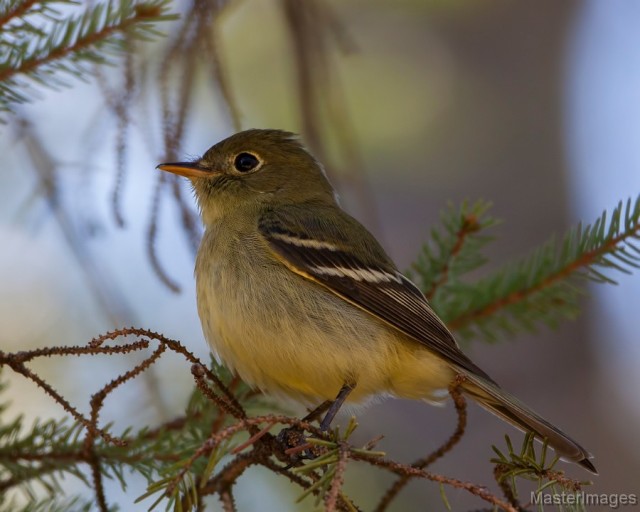
Hewitt Road
Hewitt Road is a short dirt road that runs along a marsh. The marsh is formed from the outlet of Hewitt Pond and Stony Pond Brook. Look for Alder Flycatchers, Common Yellowthroats, and Swamp Sparrows among other marsh birds. This area is under-birded, so it may hold yet-to-be-discovered surprises!
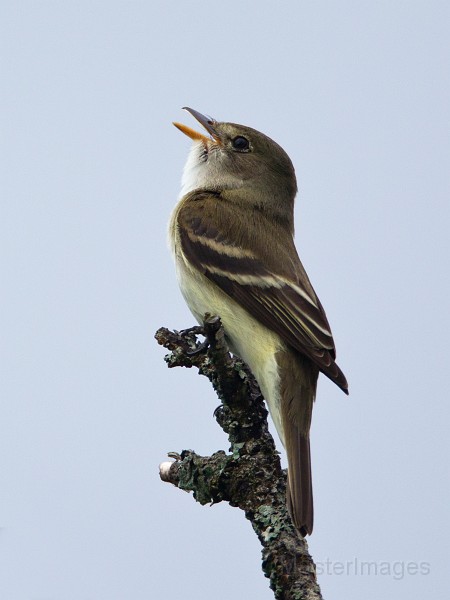
Roadside birding can be a lot of fun! For those with limited ability to hike, the Newcomb – Minerva region offers the chance to find sought-after boreal species right along the roadways.
To stay safe, be careful where you pull over on the backroads – don’t park along a turn, for instance. Make sure other drivers can see your parked car. On the paved roads with lines, make sure you park outside the white line to be legally parked.
Enjoy the many wonderful roadside boreal birding opportunities offered in the Newcomb – Minerva region, and loads of hiking and paddling options too! Visitors can find great lodging and restaurant options in the area.
